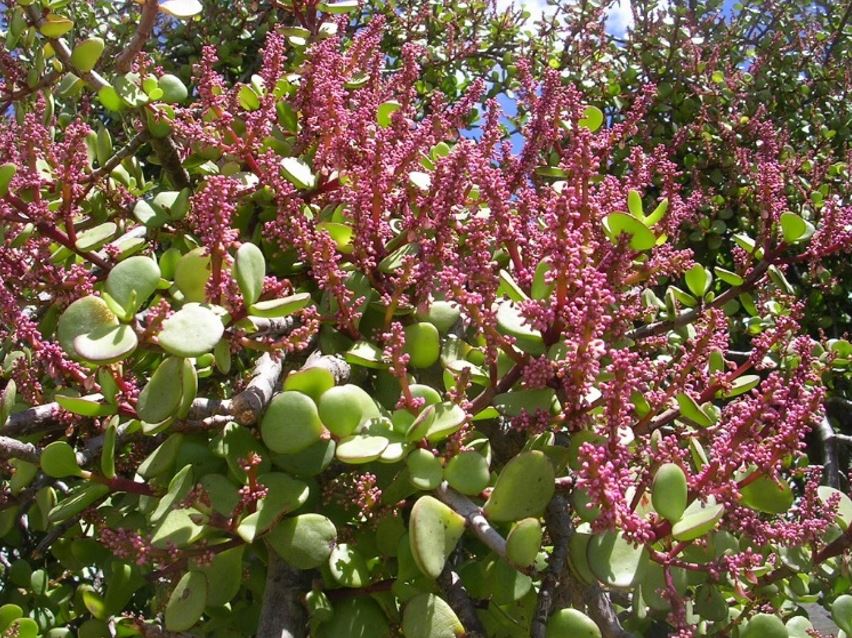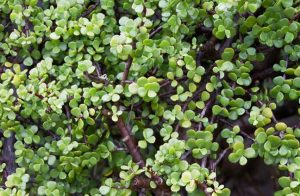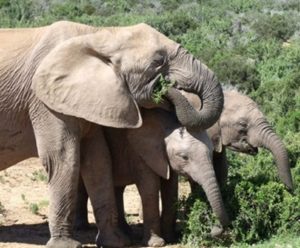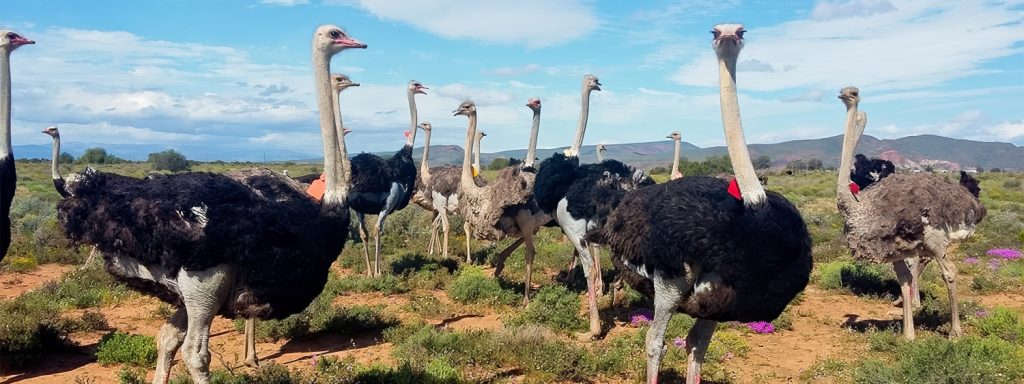The Spekboom, Portulacaria, is composed of Portulaca + aria suggesting a similarity to the genus Portulaca. The word afra is in reference to the fact that the plant occurs in Africa. The Spekboom is an attractive, evergreen succulent shrub and can also grow into a small tree that can reach 2 – 5m in height. Small star-shaped pink flowers are in bloom from late winter to spring. They are a rich source of nectar for many insects, which in-turn attracts birds
The Spekboom is a plant that grows primarily in the Eastern and Western Cape in South Africa. European botanists documented it around 400 years ago as one of the most common plants in the landscape.

The Spekboom can form a very dense forest, too dense to even walk through. The only animals that can get through a Spekboom-forest are large herbivores like elephants, rhinos and buffalos, as they can smash their way through.

What also make the Spekboom unique is that it grows in very dry semi-desert like climate. When it’s really dry, it grows like a cactus, it means it absorbs carbon dioxide at night. The plants stomata open at night and close during the day in order to save water. This slows down evaporation and in the end the Spekboom grows faster during the day, as it also uses the carbon dioxide it needed at night.

It has been observed the Spekboom forms part of the diet of the Addo elephants in the Addo National Park. Elephants eat the plant from the top downwards allowing the plant to spread itself horizontal at ground level. The leaves can be eaten and have a sour flavour. The Spekboom has also been indicated as a soil binder for preventing soil erosion.





